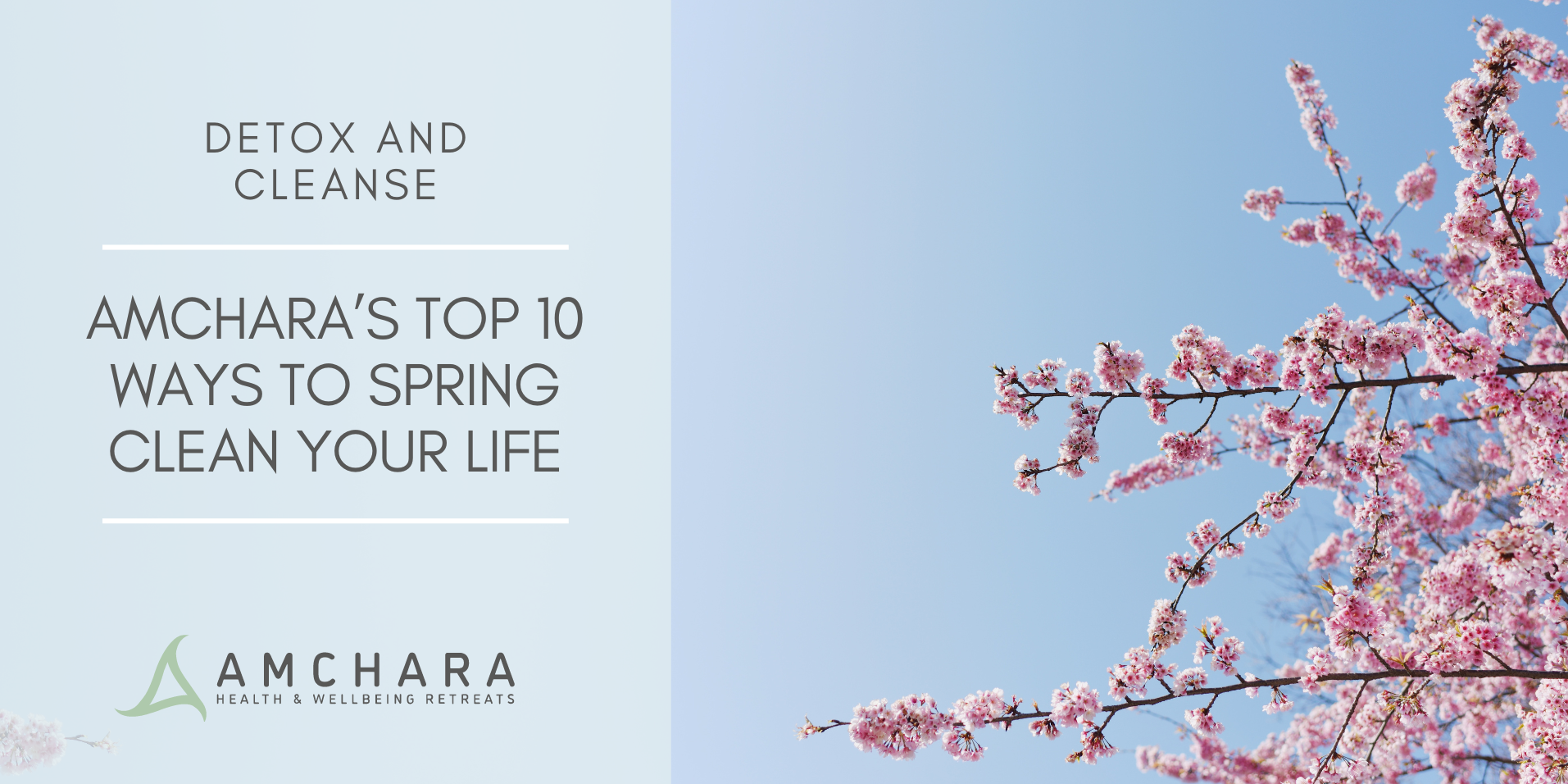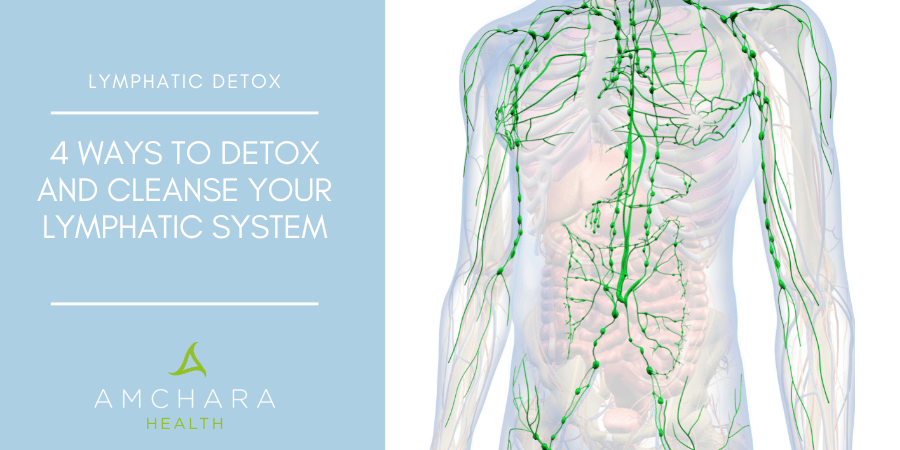Sunburn happens when you spend too much time with your skin exposed to ultraviolet (UV) rays. We’ve all done it – often unintentionally, ventured out on a sunny day wearing nothing but shorts and a skimpy top and come home a few hours later- lobster red, sore and remorseful!
It’s easily done, especially in this country where many people are under the impression that our sun isn’t as strong as other places in the world.
Unfortunately it doesn’t matter which country you are in UV rays are very powerful and generate free radicals – particles which attack the skin cells causing damage.
This not only leads to skin cancer (melanoma) but also accelerates the ageing process in your skin.
UV rays are the main culprits for destroying the youthful look of your skin as they reduce the production of collagen and damage the elastic fibres that help to give the skin its strength and elasticity.
So what can you do to avoid sun damage?
One of the best ways to maintain supple vibrant skin is to target the underlying skin cells that are responsible for generating collagen.
You also need to make sure you get a good supply of antioxidants as these vital compounds are part of the body’s defence against the oxidative damage caused by UV rays.
Making sure you get the right nutrients in your diet gives you a head start.
Eating plenty of fruit and vegetables provides you with the trace elements the body needs to produce antioxidants as well as providing flavonoids – plant chemicals that have antioxidant and anti-cancer properties.
The ‘anthocyanidin’ flavonoids found in purple and deep red foods have been shown to protect against free radical damage and prevent destruction of connective tissues and collagen in the skin.
Don’t stop at five a day though, try and increase your fruit and veggies to ten a day if you can.
The more different coloured fruit and veggies you can squeeze in the greater the benefits.
Another solution is to encourage the body to produce more collagen.
Collagen is made from skin cells called fibroblasts that give the skin its strength and resilience, the collagen in the deeper layers of the skin determines the strength of the structural base for the skin and provides both support and elasticity.
Young skin quickly heals and repairs itself, but ageing skin is not as resilient and with the loss of elasticity and collagen it can start to lose shape and develop wrinkles.
Making sure you get enough vitamin C is the most effective way to elevate your body’s collagen levels. As a powerful antioxidant vitamin C’s primary role is to neutralize free radicals, helping to counter the effects of UV sun damage and to heal sun burn.
Just as important though is its key role in helping the body to synthesise collagen.
Vitamin C activates the enzymes necessary for initiating the reactions that create collagen in the body.
Maintaining adequate levels of vitamin C is an excellent way of boosting your collagen production as well as providing powerful antioxidant protection to keeps your skin healthy in the summer sun.
Once again eating a diet rich in fruit and vegetables will ensure you are getting optimum levels of vitamin C.
Foods like bell peppers, broccoli, strawberries, Brussel sprouts, cherries, kiwi and dark leafy greens contain high levels of vitamin C.
Astaxanthin is another potent antioxidant that has been linked to skin health because of its ability to protect the DNA in the skin cells against sunburn and UV light.
You can get this into your diet by eating pink fleshed seafoods such as lobster, crab, red trout, arctic shrimps and wild pacific sockeye salmon.
Astaxanthin is the red pigment that is responsible for the colour and health benefits of these marine foods.
Increasing your levels of astaxanthin rich seafoods also has the added advantage of providing omega 3 essential fatty acids (EFAs) which help to keep the skin lubricated and flexible, putting the brakes on dry leathery skin!
A diet rich in beta carotene has also been found to help decrease sensitivity to the sun and may also prevent UV induced collagen breakdown.
Get yourself a good dose of beta carotene from yellow and orange fruits and vegetables like peppers, carrots and sweet potato.
We mustn’t forget nuts and seeds either; these contain vitamin E and zinc which are important for protecting the cell membranes and enhancing wound healing.
Vitamin E has been shown to slow melanoma growth by promoting tumour cell death.
Research has also found that UV exposure can decrease levels of vitamin E in the skin.
More ways to protect your skin
• Avoid the sun between 10am and 4pm, when the UV rays are strongest, head for the shade or cover up.
• Wear clothes to protect your skin – wide brimmed hats, long skirts and tops with sleeves
• Be careful around, water, snow and sand as they can reflect UV rays and increase the likelihood of sunburn
• Make sure your sunglasses have 100% UV ray protection
• Use sun protection lotion with an SPF of at least 15 and apply every couple of hours. Be generous too – most people don’t apply it thickly enough.
• Keep hydrated, drinking plenty of water every day to maintain good skin health.
• Sleep is essential as most of the repairs to tissue take place at night under the influence of growth hormones.
• Take regular exercise as it releases hormones which help to repair tissues in the body and increases circulation carrying vital nutrients to the skin.
• Examine your skin regularly for any signs of unusual mole growth. Early detection of melanoma may save your life.
READ THIS NEXT:
- Amchara’s All Natural Chemical Free Sun Cream (you can make at home!)
- Are You Getting Enough Vitamin D?
- Lost that spring in your step? You could be lacking in vitamin D
References
- Agren MS, Lansdown AB, Mirastschijski U et al. Zinc in wound healing: theoretical, experimental and clinical aspects. Wound Repair Regen. 2007; 15, 1: 2-16.
- Arakane K. Superior skin protection via astaxanthin. Carotenoid Sci. 2002; 5: 21-24.
- Clayton P (2004). Health Defence 2nd edition.
- Ekanayake-Mudiyanselage S & Thiele JJ. Vitamin E in human skin: organ-specific physiology and considerations for its use in dermatology.
- Jones D (2005). Textbook of functional medicine.
- Marieb E (2004). Human Anatomy & Physiology 6th edition.
- Murray M & Pizzorno J (2005). The Encyclopedia of Healing Foods.





